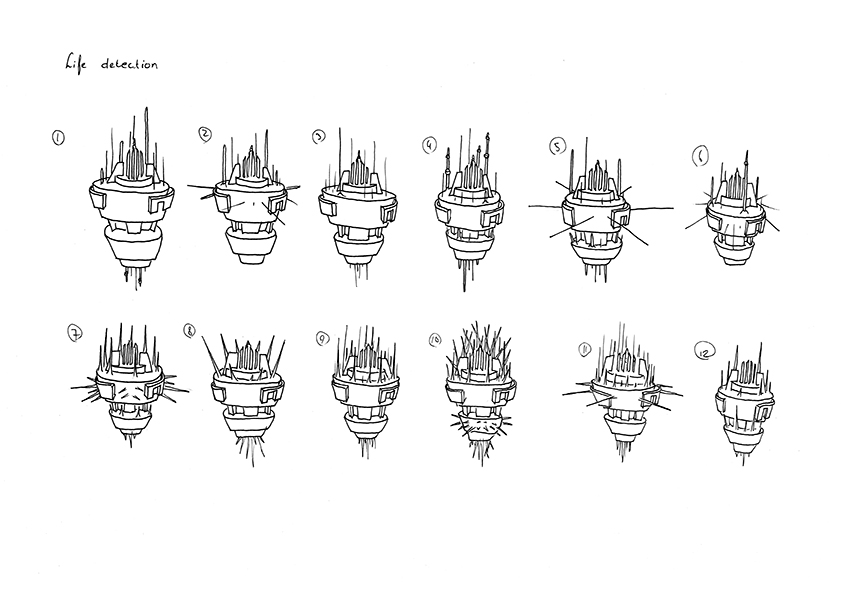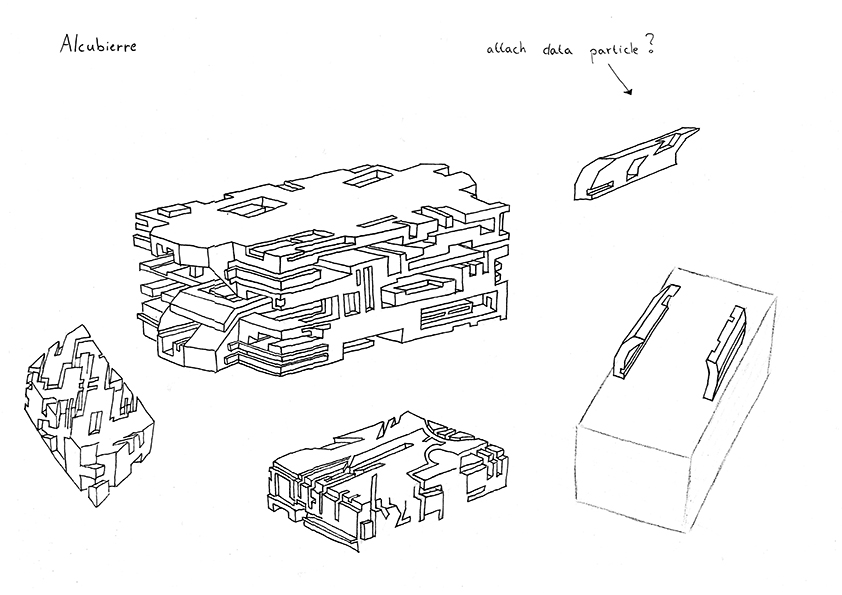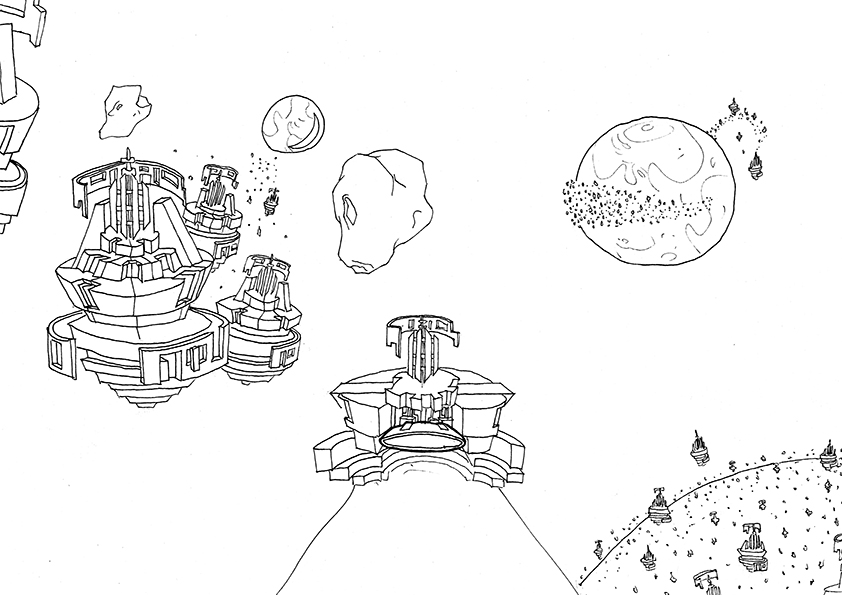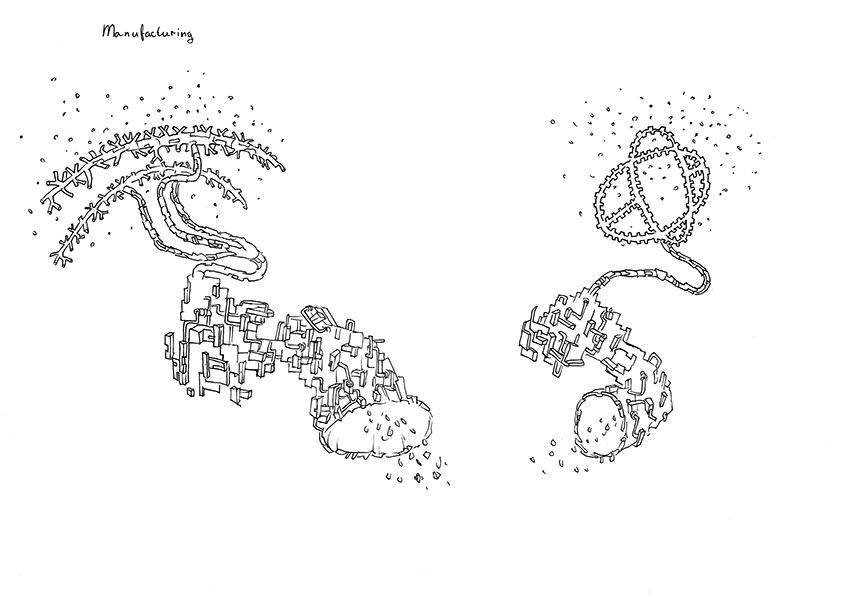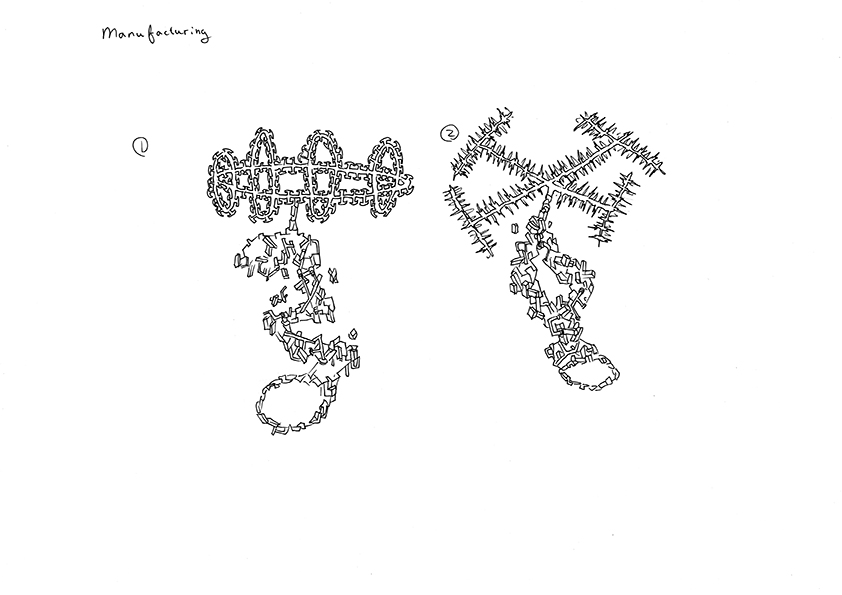[sb]iLD – Angelo Vermeulen & Joenoes Natar/IoP, UvA & AMOLF
29-03-2016
Mission description
Swarm-based interstellar life detection
The swarm is autonomous and self-replicating
The swarm consists of five different classes of particles, each class with its own properties and functions.
-------
Mission scenario
1. The swarm travels through outer space in search of planets or asteroids where life is possibly present
2. When the swarm encounters a candidate planet or asteroid, it reconfigures itself as a shell around asteroids and small planets, or as a ring around large planets
3. Subsequently a scan is being carried out to look for biosignatures, using an array of different sensors
4. When no life is detected, the swarm continues its journey
5. When life is detected, the resulting data are embedded in Q-carbon/diamond particles
6. These data particles are sent back to Earth/space colony using a self-assembled Alcubierre drive
7. A part of the swarm will split off and remain behind as an observational swarm, the rest of the swarm continues its journey
8. During the journey of the - now reduced - swarm, asteroids are being mined to produce new particles and grow the swarm back to its original size
9. Before mining any asteroid, a life detection scan is carried out to avoid damaging the potential local ecosystem
10. Once the swarm has reached its original size, it continues its interstellar journey
